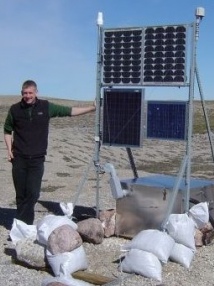BibTex format
@article{Ogden:2022:gji/ggab513,
author = {Ogden, C and Bastow, I},
doi = {gji/ggab513},
journal = {Geophysical Journal International},
pages = {1041--1062},
title = {The crustal structure of the Anatolian Plate from receiver functions and implications for the uplift of the Central and Eastern Anatolian plateaus},
url = {http://dx.doi.org/10.1093/gji/ggab513},
volume = {229},
year = {2022}
}

